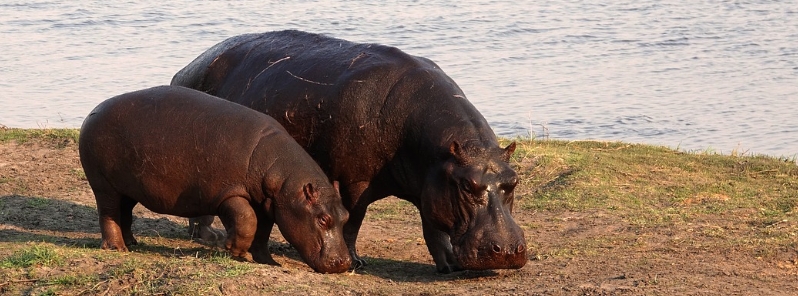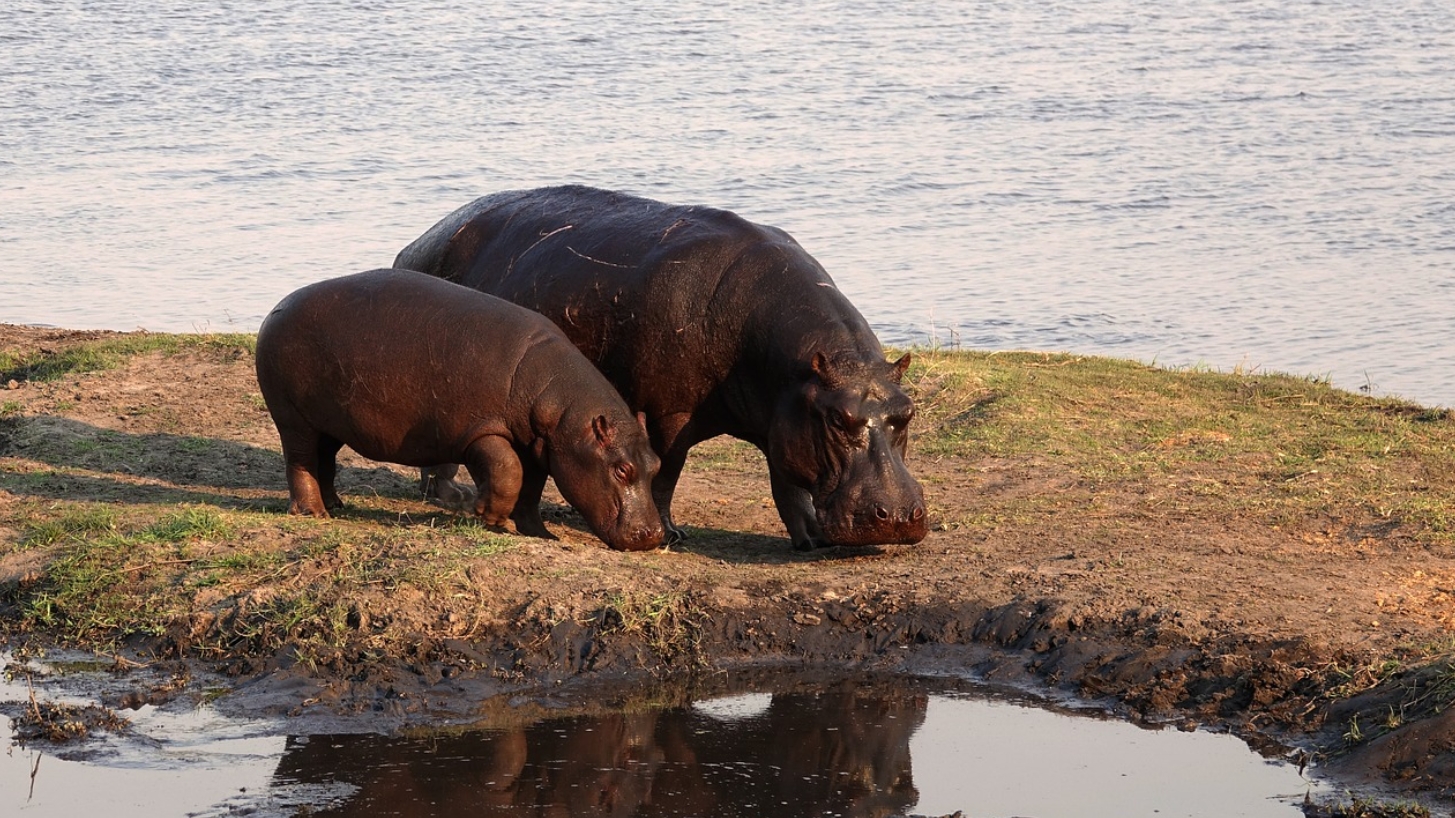Study finds herbivores at highest risk of extinction

A new study by Utah State University (USU) suggests that modern megaherbivores– plant-eaters that weigh more than 1 000 kg (2 200 lbs)– have the highest risk of going extinct among mammals, birds, and reptiles, just like what happened to their prehistoric ancestors. Large-bodied herbivores vanished one million years ago, inflicting consequences to the Earth's ecosystem and biogeochemical cycling.
The researchers, led by USU professor of watershed sciences Trisha Atwood, found that herbivores are at the greatest risk of extinction rather than predators, challenging a 20-year-long perception that meat-eating animals were most likely to be wiped out. The team came up with the results after analyzing the dataset of the diets of more than 24 500 mammals, birds, and reptiles.
The findings indicate that with over a quarter of the world's modern herbivores threatened with extinction, plant-eaters have the highest representation of vulnerable species in the present day. The study also points out that this attack on herbivores is not new, as human activities led to the disproportionate extinction of herbivores compared to predators since at least the Pleistocene era, 11 000 to 50 000 years ago.
"The results were somewhat shocking," said Atwood. "Our highly publicized and fraught relationship with predatory animals such as lions and wolves has led to the unfounded perception that we are losing predators more than any other trophic group."
The team said using evidence-based science to challenge misconceptions, such as the one they unraveled, is important for getting society on the right path towards addressing future extinctions.
Since a species' role in its ecosystem is connected to what it eats, understanding whether herbivores, predators, or omnivores are at the greatest risk of extinction helps researchers and society understand the probable consequences of losing those species.

Image credit: Pixabay
One million years ago, the extinction of herbivores reshaped plant life, altered fire regimes across the Earth's landscapes, and modified biogeochemical cycling in a way that the planet's climate became slightly colder.
The study also highlights that people must exert more efforts to strategically invest in the management and conservation of herbivores to avoid future drastic changes in functions coming from animals at the base of worldwide foodwebs.
Although the findings of the study show that herbivores are at the highest risk, it also identified that predators, which eat the remains of deceased animals, and other animals that mainly eat fish, are also at high risk.
"Our results enable us to identify specialized diets within the carnivores that are associated with higher extinction risk, and also identify the habitats these species live in," said co-author Edd Hammill, an assistant professor at USU.
"It would appear that seabirds across the globe suffer disproportionately high levels of extinction."
The researchers are now working to understand what is it about herbivores, scavengers, and piscivores that make them more vulnerable to extinction compared to other animals.
"Documenting a pattern in extinctions is only the first step towards curbing the loss of species," Atwood said. "Our next step is to understand the intricacies of why this pattern is occurring; only then will we really have a chance at stopping these future extinctions."
Reference
"Herbivores at the highest risk of extinction among mammals, birds, and reptiles" – Atwood, T. B. – Science Advances – DOI: 10.1126/sciadv.abb8458
Abstract
As a result of their extensive home ranges and slow population growth rates, predators have often been perceived to suffer higher risks of extinction than other trophic groups. Our study challenges this extinction-risk paradigm by quantitatively comparing patterns of extinction risk across different trophic groups of mammals, birds, and reptiles. We found that trophic level and body size were significant factors that influenced extinction risk in all taxa. At multiple spatial and temporal scales, herbivores, especially herbivorous reptiles, and large-bodied herbivores, consistently have the highest proportions of threatened species. This observed elevated extinction risk for herbivores is ecologically consequential, given the important roles that herbivores are known to play in controlling ecosystem function.
Featured image credit: Pixabay

Commenting rules and guidelines
We value the thoughts and opinions of our readers and welcome healthy discussions on our website. In order to maintain a respectful and positive community, we ask that all commenters follow these rules.